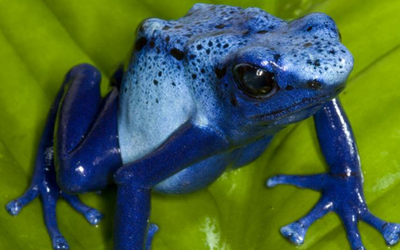在PTE中,无论是Summarise Spoken Text 还是 Re-tell Lecture的考题大都是从真实的讲座或者演讲中截取的,中间经常经常夹杂很多不同的环境音.很多同学都反映有时未必是听不懂,而是听不到. 鉴于此,墨尔本文波雅思PTE专门为大家总结了真实讲座的PTE练习音频,相比新闻音频来说,整体更加接近PTE考试的真题,内容方面,我们也会为大家提供考试中存在的近似题,最近我们会持续更新,敬请期待!
显示Transcript» So it turns out that frogs like I mentioned before are incredibly diverse, so over 7,000 species .Um, and many of them are nocturnal. So they live, you know, they only come out at night. But there are some that come out during the day time and many that come out in the day time have really, really bright colours. And the blue frogs, or the Poison Dart Frog is one type of blue – there are many blue frogs actually, but one type is called the Poison Dart Frog. And the reason they’re called that is because the native people in the Amazon and southern South America used to capture these frogs and the native people in the Amazon and southern South America used to capture these frogs and take little darts and roll them on the skin of the frog and then use that to shoot monkeys out of the trees. And that’s because these frogs are incredibly toxic. They are neurotoxins on their skin, so they wear their amor basically on the outside of their skin. That’s one of the things that makes frogs or amphibians different from other vertebrates is that they have special glands that produce defensive compounds, mostly toxin that if something tries to bite them, they get the toxin in their mouth and then what they get the toxin in their mouth and then what happens to that predator is that their muscles stop working. They literally can’t bite and they stop breathing. So, some of them are really, really dangerous actually and most of the ones that are dangerous are out in the day time. So they’re flaunting their colors – they have very bright either reds or blue or oranges and they’re basically showing off their poisonousness in a sense.+/-»





